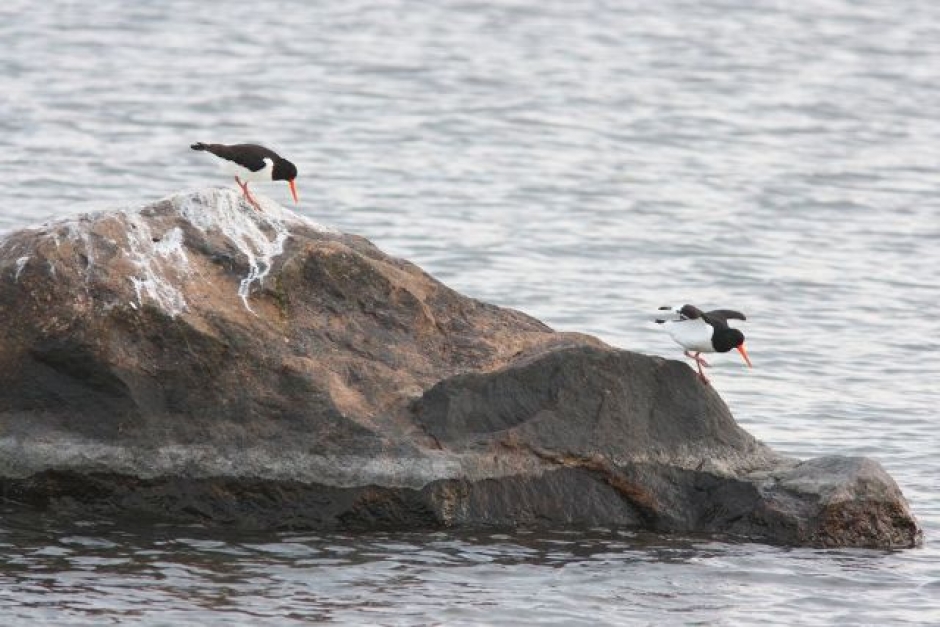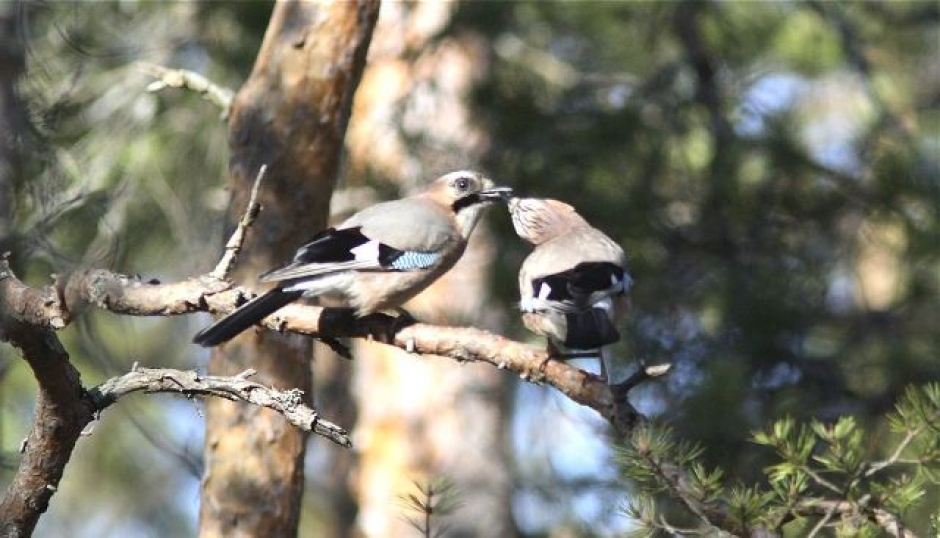Vaasa as bird habitat
The biological conditions in Vaasa offer an excellent bird habitat for both waterfowl and land birds. Both common waterfowl as well as more rare birds from the outer islands thrive in the archipelago. Breeding on the inner islands are the mallard, tufted duck, common goldeneye, red-breasted merganser as well as gulls and terns. On the outer islands more uncommon species breed, such as parasitic jaeger and ruddy turnstone. Common sparrows in the archipelago are northern wheatear, meadow pipit and white wagtail. In the woods on the islands a number of birds can also be found nesting which are common to the mainland. These include the song thrush, redwing, European robin and chaffinch.

On the outskirts of the city lies the large woodlands of Öjberget, Pilvilampi, Öjen and Risön. During the nesting season one can find a vast array of birds on the forested ridge-areas. Common woodland birds nesting are the great spotted woodpecker, tree pipit and song thrush. In the coniferous forests, the European robin, goldcrest, willow tit and Eurasian jay can be found. The Eurasian pygmy owl thrives in boreal forests. The unbuilt woodland areas, the ridges and valley areas of the landscape structure in Vaasa function together as a protective green zone for vegetation and wildlife.
The deciduous forests and waterfront herb rich forests offer the richest birdlife in all of Vaasa. Herb rich forests are rare in Vaasa and their preservation as green space ensures a diverse habitat. Such forests can be found, for example, in Vaskiluoto, Gerby and Suvilahti. There one can find common woodland birds such as chaffinch, garden warbler and redwing. In addition to these, a number of more southern visitors like thrush nightingale, blackcap and wood warbler can often be found nesting in coppices. However, the ‘trademark bird’ of the herb rich groves of Vaasa waterfronts is the rare lesser spotted woodpecker.
The main distinguishing features of the City of Vaasa include the sea, sea bays and the city’s close proximity to the coast. The Etäläinen kaupunkiselkä-bay pushes inland and has formed a particularly auspicious area for birdlife: the Sundominlahti-bay. It is an area of importance not only as staging area but also as nesting area during summers for various waterfowl and wetland birds. During summer it is possible to spot several species of nesting wetland birds like Eurasian reed warbler, sedge warbler, reed bunting and the more uncommon grasshopper warbler and bearded reedling.
Another distinct characteristic of the Ostrobothnia region are the large areas of farmlands in the countryside. In Vaasa, a unique cultural environment can be found in Söderfjärden, a large cultivated area formed from a meteor crater. Söderfjärden is not only a nationally known staging area but Vaasa’s most diverse farmland birdlife can also be found nesting here. One can observe the grey partridge, northern lapwing, Eurasian curlew, skylark, whinchat and ortolan bunting, etc.

Accompanying humans are nesting cultural landscape birds that thrive in built-up areas, industrial yards, barrens and parks. The most common city-dwelling birds are the white wagtail, rock pigeon, hooded crow and the European magpie. A southeastern newcomer to the area during recent years has been the Eurasian tree sparrow. In just a few decades, this species has spread and multiplied, originating from the southeastern parts of Finland and dispersing all the way to the Arctic Circle. Currently it is as common in Vaasa as its relative the house sparrow.
The richest nesting birdlife of Vaasa can be found along the coast. The sea bays, built up areas and waterfront forests form a totality, which attracts a wide variety of birds. Thrushes, chaffinches and the more rare thrush nightingale, lesser spotted woodpecker, blackcap and wood warbler inhabit the waterfront forests. In the sea bays one can spot great crested-and horned grebe, mallard, tufted duck, common goldeneye and common teal, Eurasian oystercatcher as well as gulls and terns.
In summary, it can be concluded that Vaasa is an attractive area for birdlife. Vaasa’s location near the sea and the boreal vegetation zone creates a meeting place for both northern and southern species, both of which can be observed upon visiting the area. In the archipelago, one can find the largest number of nesting waterfront birds. The recreational areas offer a diverse variety of woodland birds and city birds are easy to spot. On a spring morning at a waterfront park, nearby forest or the edge of a farmland, one are guaranteed to hear bird song while discovering new experiences from the surrounding nature.
